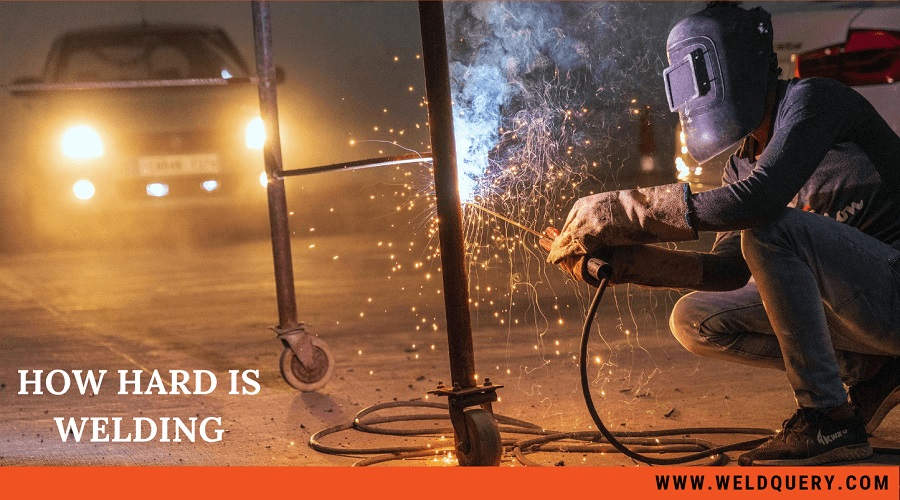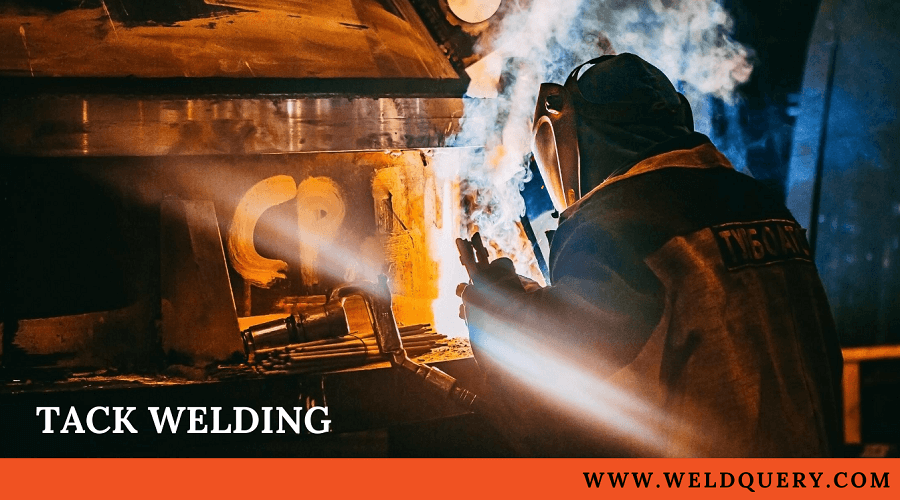Often engineers get confused about which kind of manufacturing process they will follow while assembling a project. Where they need to work with metal, there is a big debate on welding vs bolting.
Before starting a manufacturing project, you need to have a good structure or plan. You will also need mechanical elements and tools. But the most crucial part is to decide which procedure you will be following.
Depending on the project’s budget, cost, performance, safety, and flexibility, you have to choose the right method. So, whether it is welding vs bolting, it will depend on the plan or design of the project.
Contents
What is Welding?
Welding is a metal joining process where the metals are joined together by being heated and melted to form a bond. After melting the metal, it needs to cool down to create a secure firm bond.
There are more than 30 kinds of welding exist. Among them, only four types of welding are frequently used.
Those are:
· TIG
· Stick
· MIG and
· Flux-Cored arc welding
Welding involves using very high temperatures or heat. There are five kinds of welding joints. They are- Butt Joint, Lap Joint, Tee joint, Corner Joint, and Edge Joint.
What is Bolting?
Bolting is a metal joining process where the metals are joined together by a hole drilled or punched through, allowing some hardware to pass through to attach two different metals. The hardware is screws, bolts, fasteners, nuts, etc. It is not a permanent process. There are two main kinds of bolted joints.
They are- Tension Joints and Shear Joints.
There are few different situations in a clamped length of a bolt. Clamped length is the free length of a hole where the bolt is stretched under tension. Screw Joint, Bolted Joint, and Stud Joint are those different situation’s names.
Welding Vs Bolting:
Differences in Performance
Welding or bolting, the performance is an essential fact to vary. The manufacturing process and the finishing is a crucial factor to decide which is based on performance.
Welding joints are naturally stronger than bolting joints. It comparatively lasts longer than bolting joints.
Although installing by bolting joints is easier, it is less strong than welding. Welding joints also have a great finishing to it, which is why if you want to choose depending on the performance, then welding is the better option.
Difference in Pricing
Depending on the project or plan, the costing varies. Also, the selection between welding and bolting can rely on the pricing.
To carry out a welding process, you will need a professional, which can be costly. Skilled welders are expensive, and their hourly rate is high. Only certified skilled welders can weld. Moreover, to weld, you need a welding machine, which is also very costly.
On the other hand, the bolting process is less expensive compared to the welding process. Even you can run a few bolting procedures. Although this process is more subtle to steel prices, their functioning method is more effective than the welding process. If there is a strict budget when it comes to price, bolting processes are preferable over welding processes.
Difference in Flexibility
Welding joints are stiffer than bolting joints due to the maintenance of continuous action of the cross-section.
Depending on the weight, welded materials are more expensive to transport than bolted materials.
In comparison, the transportation of bolted materials is much more comfortable. The columns, struts, and hardware are bundled up together while transporting. Although installing them will cost money if you hire a professional, it will still cost much less than a skilled welder. Installing bolted joints needs extra hardware.
But welding joints can be done between any two metal surfaces, and after being welded, new metal or components can easily be added.
Inspection Complexity
Inspecting both welding and bolting joints is very necessary. When welding or bolting procedure happens, the operation needs to be observed or inspected by a professional.
In bolted joints, having the end of a bolt inside the nut is not acceptable. There should be someone to inspect and verify the essential facts of bolting. Also, ensuring that bolts are tensioned and the ends of these are detached is another vital fact.
An inspector or observer needs to inspect the materials or area if the project concerns the need for welding. Before, after, and during welding, a professional should thoroughly check the procedure.
Safety
Safety is a crucial and big issue in the workplace. Before running these joining procedures, one should know about these and how they work. Welding is a very risky process, and during the procedure, one should always follow precautions.
One can be burnt, get an electric shock, damage their vision, accidentally inhale fumes and gases if they are reckless or not cautious enough.
You may find bolting easy and accident-free, but you should be careful around it too.
Final Words
Whether welding or bolting, the joining process of metal is very tough and should be done by professionals. No option between these two can be inferior to others. Both options are better and prime in their own way. Welding joints are stronger and have an excellent finish. On the other hand, bolting joints are inexpensive and flexible.
Choosing between welding and bolting joints can only depend on the project’s requirements


